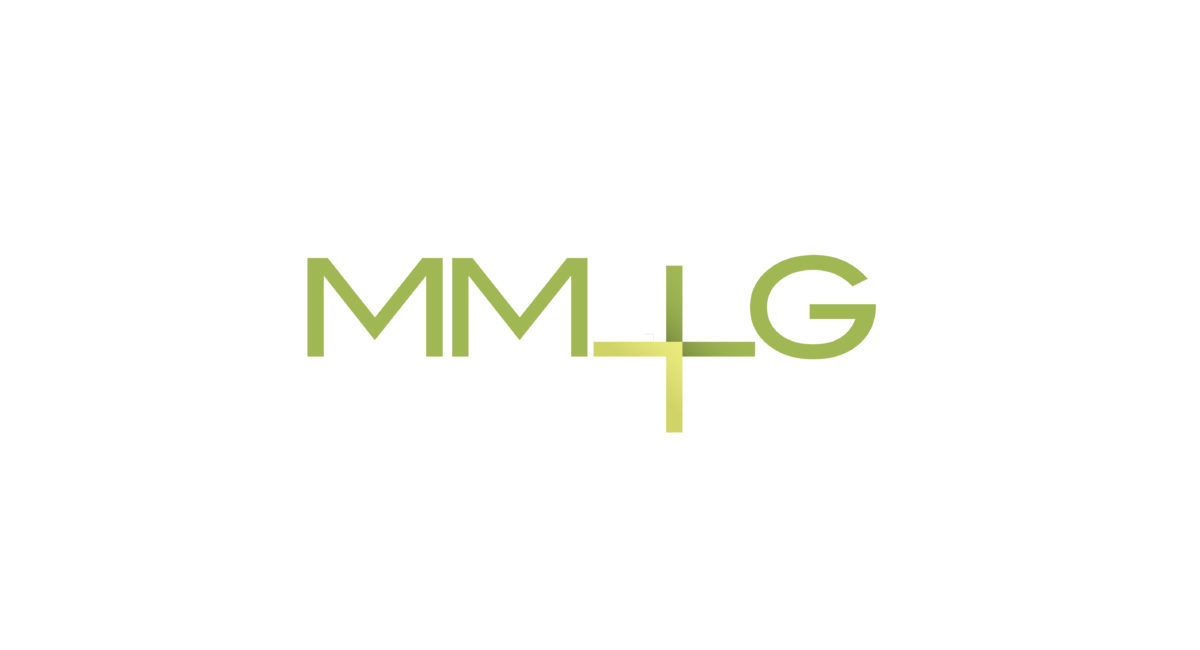The state of California’s cannabis transition window is closing. Starting on July 1, state regulators will begin calling for retailers, manufacturers, packaging companies, and even growers to be fully compliant. Critically, this means that all cannabis-based products will have to be screened and tested by state-approved testing labs.
As we discussed back in April, with only 28 testing labs working within the entire state of California those labs were anticipating a massive surge in their services come July 1. That surge could mean some serious supply-chain bottlenecks for the unprepared business, but as we’ve seen time and time again: transitioning to a fully legal market across all of California is a massive and complex undertaking.
While the planning and preparations for the closure of the cannabis transition window has been an immensely complex undertaking, it’s not crazy to speculate that Governor Brown’s call for a task force to crack down on black market operations and for L.A.’s first major sting operation to occur earlier this month are immodest efforts to prime the market at-large for more enforcement.
Fortunately, California’s Bureau of Cannabis Control has a transition period requirements guide that spells out in plain and clear language what regulations and statutes are going into effect beginning on July 1, 2018. Here are the highlights (although the entire guide is well worth your read):
Laboratory Testing Requirements
- Beginning July 1, 2018, a licensee may only sell cannabis goods that have been tested and passed all testing requirements in effect at the time of testing.
- Untested cannabis goods cannot be sold by a retailer and must be destroyed. A retailer may not send cannabis goods to a distributor for testing. -Untested cannabis goods manufactured or harvested before January 1, 2018, in possession of a distributor that are owned by the distributor must be destroyed.
- Untested cannabis goods manufactured or harvested before January 1, 2018, in the possession of a distributor owned by a manufacturer or cultivator may be returned to the licensee who owns the cannabis goods. If a cultivator or manufacturer chooses to sell the returned cannabis goods, the cannabis goods must be sent to a distributor for testing and must meet all of the testing requirements in effect at the time of testing before transported to a retailer for sale.
Packaging and Labeling Requirements
- Beginning July 1, 2018, all packaging and labeling must be performed prior to cannabis goods being transported to a retailer.
- A retailer shall not accept cannabis goods that are not properly packaged and labeled. A retailer shall not package or label cannabis goods, even if the cannabis goods were in inventory before July 1, 2018. However, for medicinal sales, retailers will place a sticker on cannabis goods stating, “FOR MEDICAL USE ONLY” upon sale to a qualified medicinal consumer, unless the statement is already printed on the package.
- A retailer may not send unpackaged cannabis goods to another licensee for packaging or labeling. Cannabis goods in possession of a retailer that do not meet packaging and labeling requirements must be destroyed.
- Exit packaging is not required to be child-resistant and can no longer be used to satisfy the child-resistant packaging requirements. All cannabis goods must be in child-resistant packaging prior to delivery to a retailer.
THC Limits For Edible Cannabis Products
- Beginning July 1, 2018, edible cannabis goods may not exceed 10 milligrams of THC per serving and may not exceed 100 milligrams of THC per package.
THC Limits For Non-Edible Cannabis Products
- Beginning July 1, 2018, non-edible cannabis products must meet package THC restrictions.
- Non-edible cannabis products shall not contain more than 1,000 milligrams of THC per package if intended for sale only in the adult-use market.
- Non-edible cannabis products shall not contain more than 2,000 milligrams of THC per package if intended for sale only in the medicinal market.
Ingredients And Appearance of Cannabis Products
- Beginning July 1, 2018, non-edible cannabis products must meet package THC restrictions.
- Non-edible cannabis products shall not contain more than 1,000 milligrams of THC per package if intended for sale only in the adult-use market.
- Non-edible cannabis products shall not contain more than 2,000 milligrams of THC per package if intended for sale only in the medicinal market.
MJ Biz Daily also has a rather thorough breakdown of companies who will be affected. Notably they point out that many retailers with products made or grown before January 1, 2018 will likely be having fire sales on those products as they’ll be required to destroy them come July 1. With fire sales surely to spark up between now and June 30th and with testing labs in high demand, these are indeed heady times in California prior to July 1.

